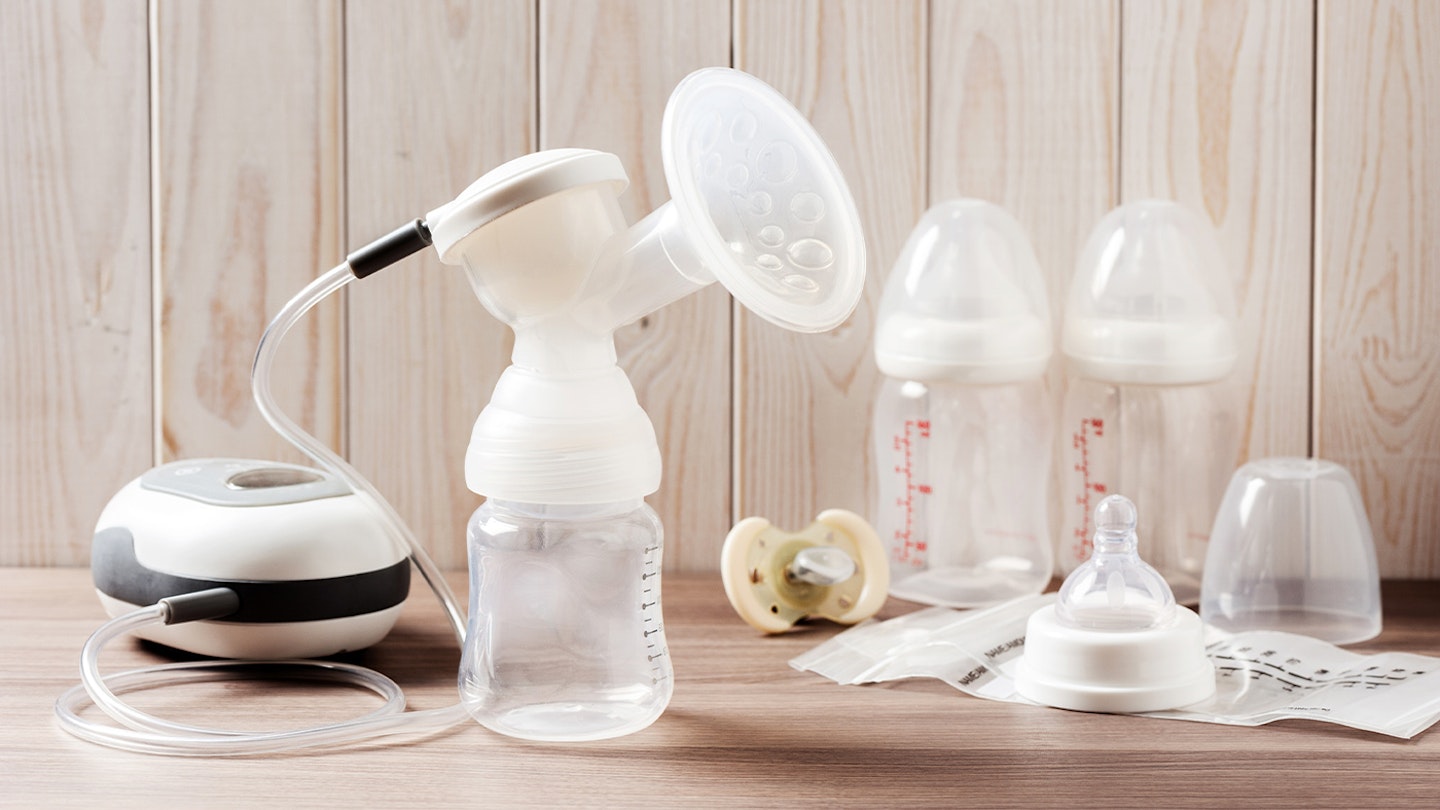Not only do breast pumps help us build and maintain our breast milk supply for little one, they can also help relieve things like engorgement and mastitis so answering the question of how does a breast pump work is very important.
They also allow partners and care givers to give baby their precious bottle feeds for bonding time and can also help if you're struggling to latch on.
There are a few different types of breast pumps that work in different ways, such as an electric breast pump which you'll either need to plug into the mains, or can be made portable by charging or using batteries. Some mums prefer to use a manual breast pump for pumping on the go or to have better control of the suction. For mums who need both arms free at all time, then a hands-free breast pump is a must.
You may already know how to use a breast pump but if you're interested in learning more about how a breast pump works, we've rounded up how electric and manual pumps work.
How does a breast pump work?
Although breast pumps can vary, all breast pumps are made up of four very important components. These all work together to express your breast milk.
• Suction cup - this part fits over your nipple. They're often cushioned to make the pumping experience as comfortable as possible.
• Funnel - this is where the milk flows after it has been expressed.
• Collection bottle - this is where all your milk will be collected, ready for baby.
• The pump - this may be electronic or manual depending on your pump. The pump works to mimic the sucking action of your baby to stimulate milk flow.
Whether you're using electric or manual, each component of the breast pump works together to mimic your baby's sucking action. This stimulates your breast to start producing the milk to flow from the nipples.
How does an electric breast pump work?
Although electric breast pumps are the most expensive kind, they're also the most efficient. The majority of modern electric pumps easily charge up so you can use them wirelessly with ease. The electric pumps use automatic suction techniques at the push of a button, doing all the pumping work for you. Other electric breast pumps can be connected to the mains too.
Electric pumps can usually be set at different suction settings too. This means you are able to find the most comfortable setting for you. At first, most mums prefer this to be set on the lowest setting.
How does a manual breast pump work?
These devices rely on old-fashioned elbow grease. You simply squeeze the lever or handle to create a suction around your nipple which encourages the flow of milk. They work slower than electric pumps and it's easy to cause strain on your hands.
